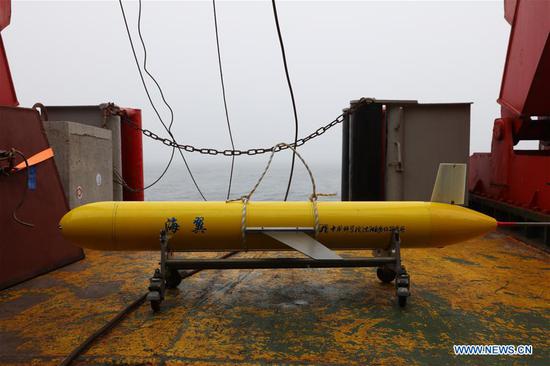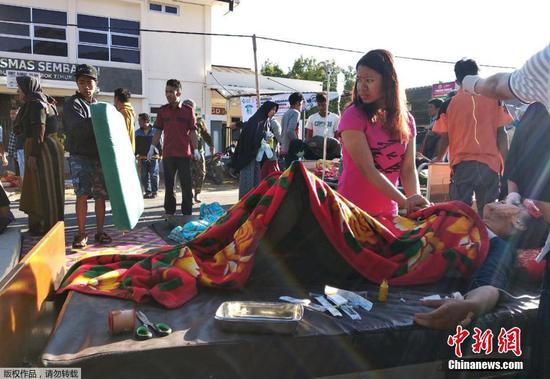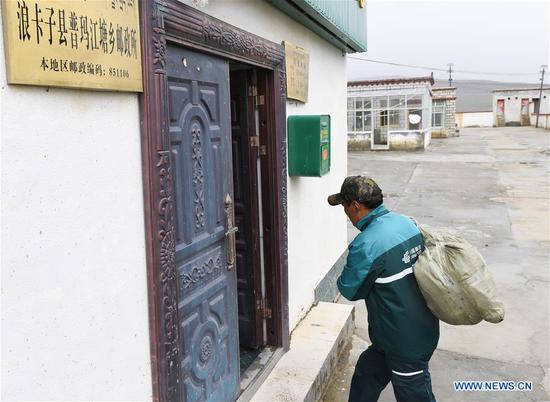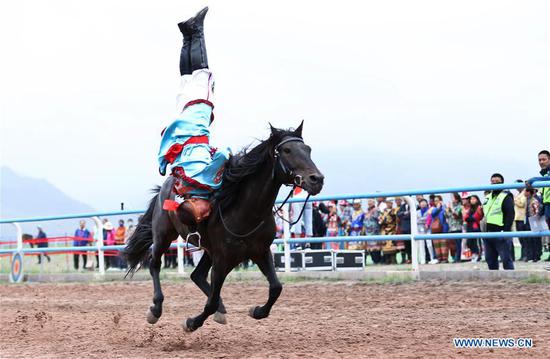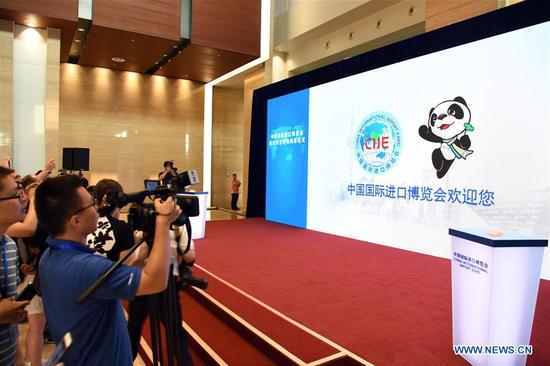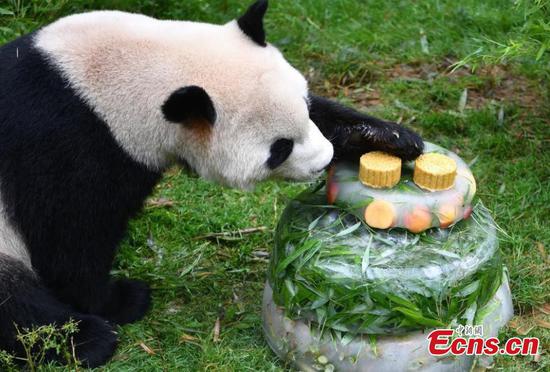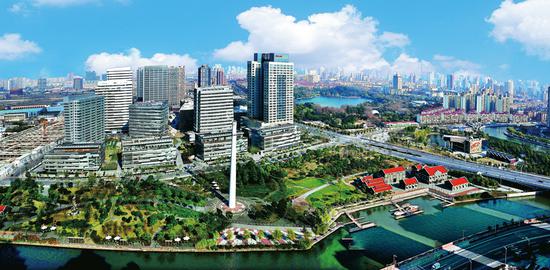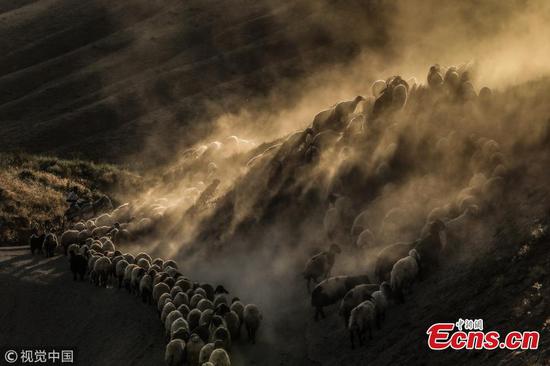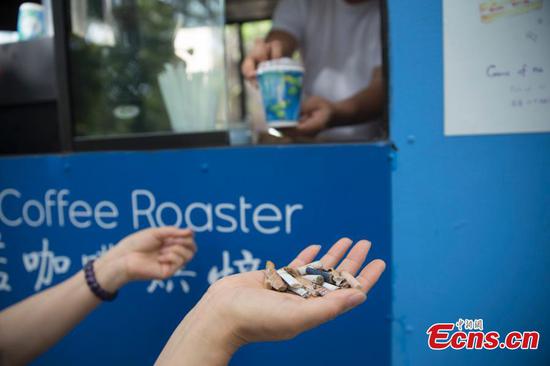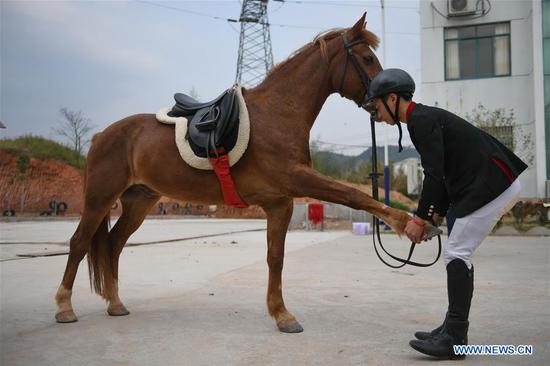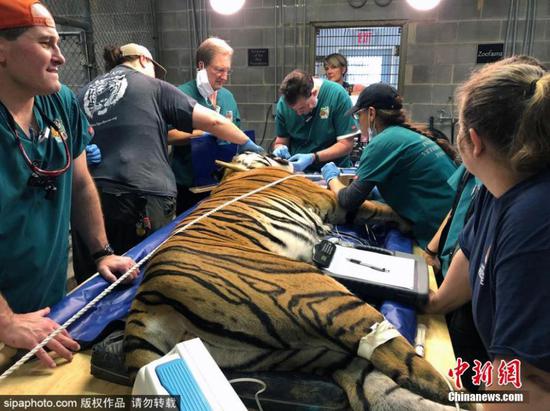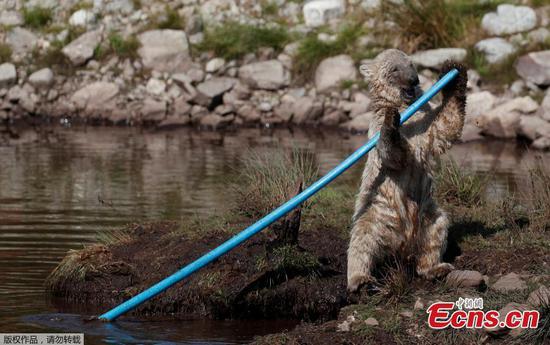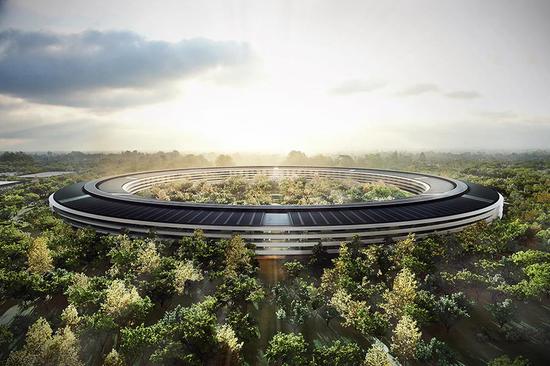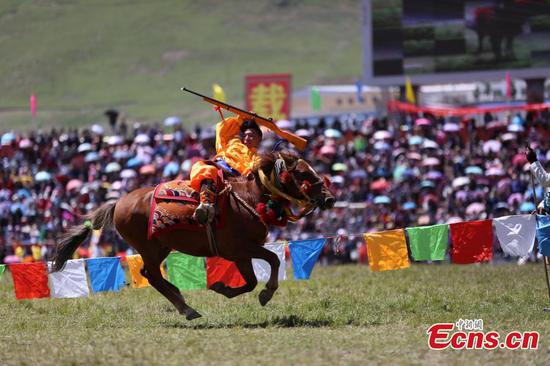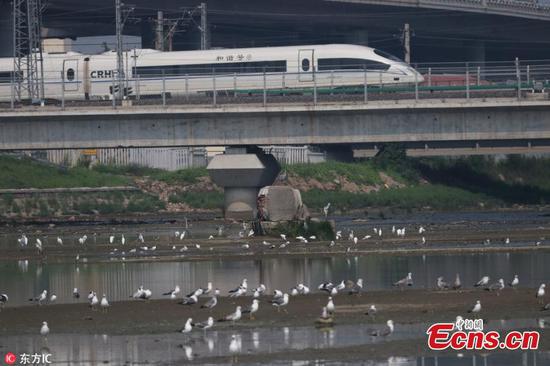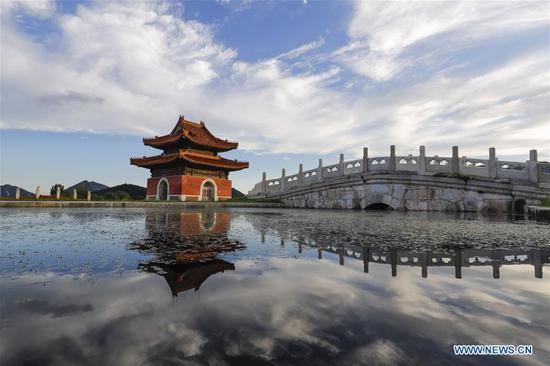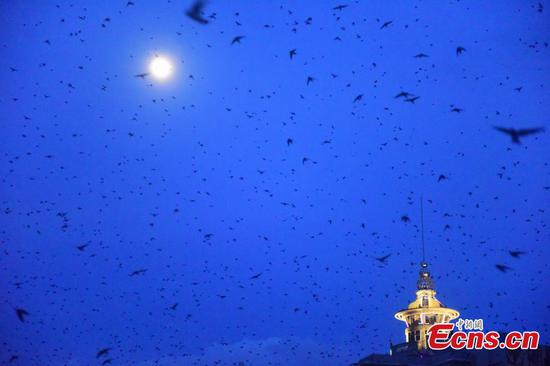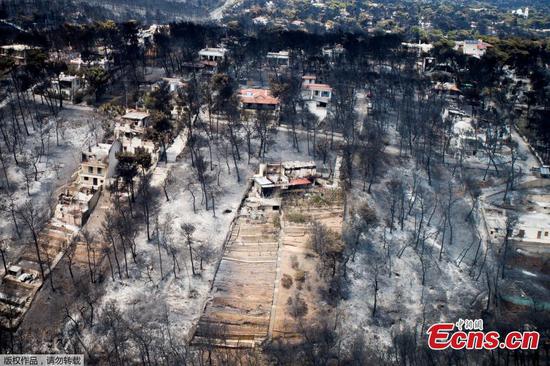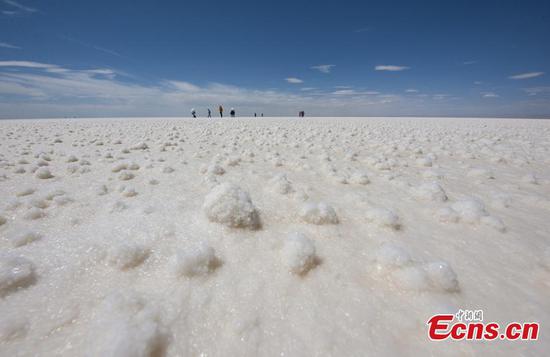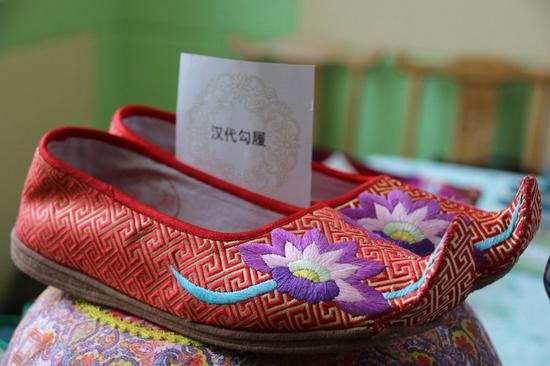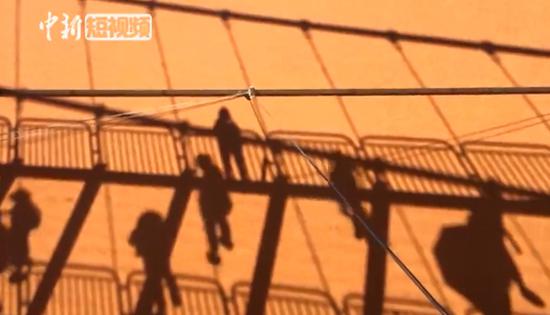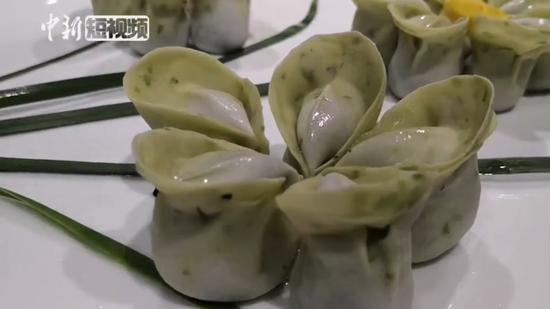Harenesat Kurban, a farmer in Yengisar County in northwest China's Xinjiang Uygur Autonomous Region, contemplated cutting down her apricot trees last year.
"I harvested next to nothing due to pests," she complained.
More than 80 percent of apricots harvested in the county suffered from pest damage last year, but the ratio was reduced to 3 percent this year thanks to eco-friendly pest control measures, according to Han Hongwei, a researcher with Xinjiang forestry academy.
"We used a very simple device made of a washbasin and pheromone to trap and kill the male pests," he said.
Lured by the attractant, they fall into water in the washbasin and eventually drowned, said Han.
At a cost of three yuan (44 U.S. cents), each device can kill 200 males a day. Yengisar County has invested more than 1 million yuan on 340,000 devices.
The county has more than 10,000 hectares of apricot trees, and aims to build an eco-friendly apricot industry through the whole process from planting to processing.
"We used bean pulp, a by-product of soybean oil, as the main fertilizer," said Han, noting that it does no harm to the soil.
As for the processing, authorities in Yengisar spent more than 3 million yuan building over 200 greenhouses for farmers to dry their apricots for free.
Considering that fresh apricots are quite perishable, dried apricots are the most common product. Previously, apricot growers burned coal to dry apricots, which caused severe air pollution and affected the taste, said Li Guo, deputy director of the county forestry bureau.
Now there is no need for coal or other fuels, reducing air pollution and cutting processing costs for farmers, Li added.
More than three tonnes of apricots can be dried in one greenhouse in three days.
The farmers benefitted from the transformation. Having harvested 86,000 tonnes of apricots this year, Yengisar County's farmers increased their per capita income by around 1,000 yuan.











